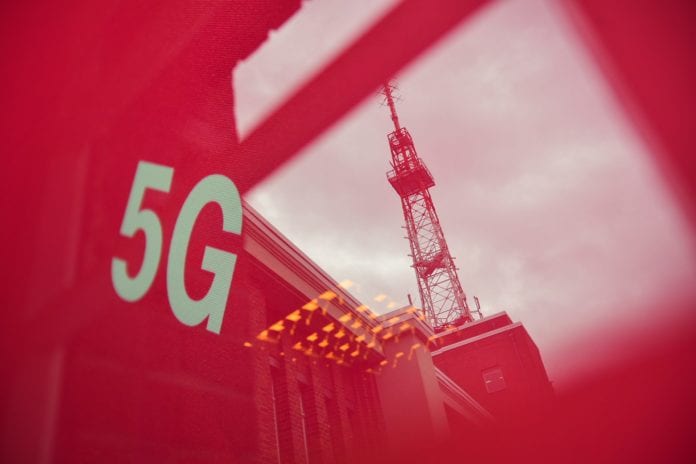Deutsche Telekom said that telecom regulator Bundesnetzagentur provided support for these 6 GHz tests with a special license
German carrier Deutsche Telekom said it tested frequencies in the 6 GHz band in the city of Bonn under real-world conditions.
The telco noted that these are relatively high frequencies, compared to current bands, but added that they are “ideally suited” for mobile communications because they could significantly increase bandwidth and data speeds for 5G in the future.
“Existing mobile masts can be simply upgraded with 6 GHz frequencies as part of routine network modernizations. Whether the 6 GHz frequency spectrum can be made ready for mobile communications from 2025 onwards also depends on the decisions made at the World Radiocommunication Conference in November 2023 that will define the regulatory framework for this. The tests are therefore an important decision-making basis for mobile communications experts from around the world,” the telco said in a statement.
The country’s telecommunications regulator Bundesnetzagentur provided support for these tests with a special test license for Deutsche Telekom.
For the test, a mobile station on the roof of Deutsche Telekom’s headquarters in Bonn was equipped with a 6 GHz antenna. As no smartphones are currently able to process these frequencies, a special computer was configured as an end device for the speed tests.
“Three scenarios were tested: frequency performance at a distance of 100 meters, at a distance of several hundred meters, and – finally – in the building,” the operator said. “The best results were achieved in close proximity to the antenna. Speeds of one gigabit and above were measured in all three versions of the tests. If the frequencies are combined with the previous 5G frequencies at 3.6 GHz, transmission speeds of over 2 gigabits are possible on 5G.”
“As these sites will be almost fully connected using optical fibers in the coming years, the 6 GHz frequencies could become available for mobile communications. Network operators have previously used mobile spectrum ranging from 700 MHz to 3.6 GHz for the 2G, 4G, and 5G mobile communications technologies,” the telco added.
“The knowledge gained from this project will assist us in making the right decision for the upcoming conference in 2023 and also beyond with regard to the supply of broadband services to Germany,” said Alexander Kühn, head of the international spectrum affairs division at the Bundesnetzagentur.
In June, Deutsche Telekom announced it was for the first time using spectrum in the 700 MHz range to provide 5G service. The European operator said that the use of the 700 MHz band improve mobile communications coverage in rural areas across Germany.
With this new addition, the telco is now offering 5G services via three different frequencies. In addition to the 700 MHz frequency, there are two other radio bands: 2.1 GHz and 3.6 GHz.
The telco kicked off the rollout of its 5G network in a limited number of cities across Germany at the beginning of July 2019.

